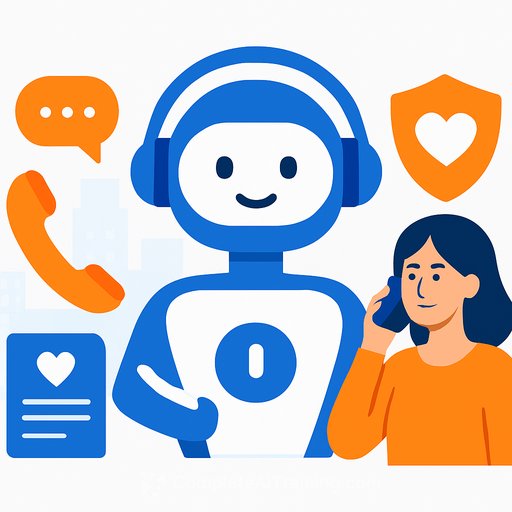Viral Reddit post: "I broke Zomato's AI support." What customer support teams should learn
A Reddit user shared screenshots of a messy chat with Zomato's AI assistant, Nugget AI, while trying to cancel extra items added by mistake. The bot repeatedly refused to connect him to a human. After spamming "Let me talk to customer support/agent," the system finally said it was escalating-by then, the order was already picked up.
His point was blunt: the AI couldn't handle a simple, time-sensitive request and didn't route him to a person when it mattered. He ended the post saying he's done with the service.
What actually happened (in short)
- Customer rushed an order, accidentally added extra items.
- Restaurant agreed to cancel the extras but said it had to go through platform support.
- AI assistant failed to understand or escalate quickly to a human.
- Escalation came only after repeated "human agent" requests, but too late.
Why this matters for support leaders
Time-sensitive intents like "cancel/modify order" are a different class of problem. A 2-3 minute delay kills the fix window and guarantees churn. If your AI forces users through loops, you don't just frustrate them-you create waste (unwanted food) and increase refunds, re-dispatches, and bad reviews.
Failure points to fix
- No priority routing for time-critical intents: Cancel/modify should be fast-lane flows with immediate human access.
- Poor intent recall: Repeated "agent/human/support" requests weren't treated as a hard escalation trigger.
- Bot refusal language: Saying "can't connect" feels like stonewalling. It signals you care more about containment than resolution.
- Thin integrations: If the restaurant can cancel but the platform can't act instantly, the system is miswired.
- No frustration detection: Rapid-fire messages, repeated keywords, or negative sentiment should trip an immediate handoff.
What to implement now
- Human-first for critical intents: For "cancel," "modify," "wrong address," "allergy," "payment error," route to a person in seconds-no questions asked.
- Hard escalation triggers: If a user says "agent," "human," "person," or repeats it 2+ times, auto-handoff.
- One-tap cancel window: Give users a 60-120 second cancel button after order placement that doesn't require chat at all.
- Restaurant sync: If the merchant agrees to cancel items, let support confirm and execute immediately. No bouncing.
- Bot phrasing that helps: Replace refusals with clarifying options: "I can connect you to a person now or try to cancel the items. Which do you prefer?"
- Timer-aware routing: If pickup ETA is under X minutes, escalate by default to a senior queue.
- Clean handoffs: Send the full transcript and detected intent to the agent so the user doesn't repeat themselves.
- Safety net playbooks: If the cancel fails, issue a credit and flag the merchant to avoid food waste. Communicate clearly.
- Shadow-mode testing: Before launch, run the bot in parallel with humans on live traffic and compare outcomes on cancel/modify scenarios.
Metrics that tell the truth
- Time to human (TTH): Median and 95th percentile for critical intents.
- Cancel success rate within window: Percentage of cancels completed before pickup.
- Containment with satisfaction: Bot-only resolutions that still hit CSAT/effort targets.
- Repeat-contact rate within 24 hours: If it's high, the bot is deflecting, not resolving.
- Waste/refund cost per incident: Track before/after changes to prove value.
Agent experience upgrades
- Pre-filled macros: "Partial item cancel," "Restaurant approved," "Pickup imminent" with policy-safe actions.
- Real-time status cards: Rider location, prep stage, and cancel eligibility at a glance.
- Priority lanes: A visible "time left to pickup" timer that bumps the conversation to the top of the queue.
Policy clarity
- Publish a simple cancel policy: time window, what's auto-approvable, and what triggers credits.
- Train the bot to summarize that policy in one sentence, then act-no long scripts.
Helpful resources
- NN/g: Guidelines for better chatbot UX
- AI upskilling for customer support teams (course collections)
The takeaway is simple: AI is useful, but control and speed matter more. Make escalation effortless, protect the cancel window, and wire your systems so the bot helps the agent-not blocks the customer.
Your membership also unlocks:






